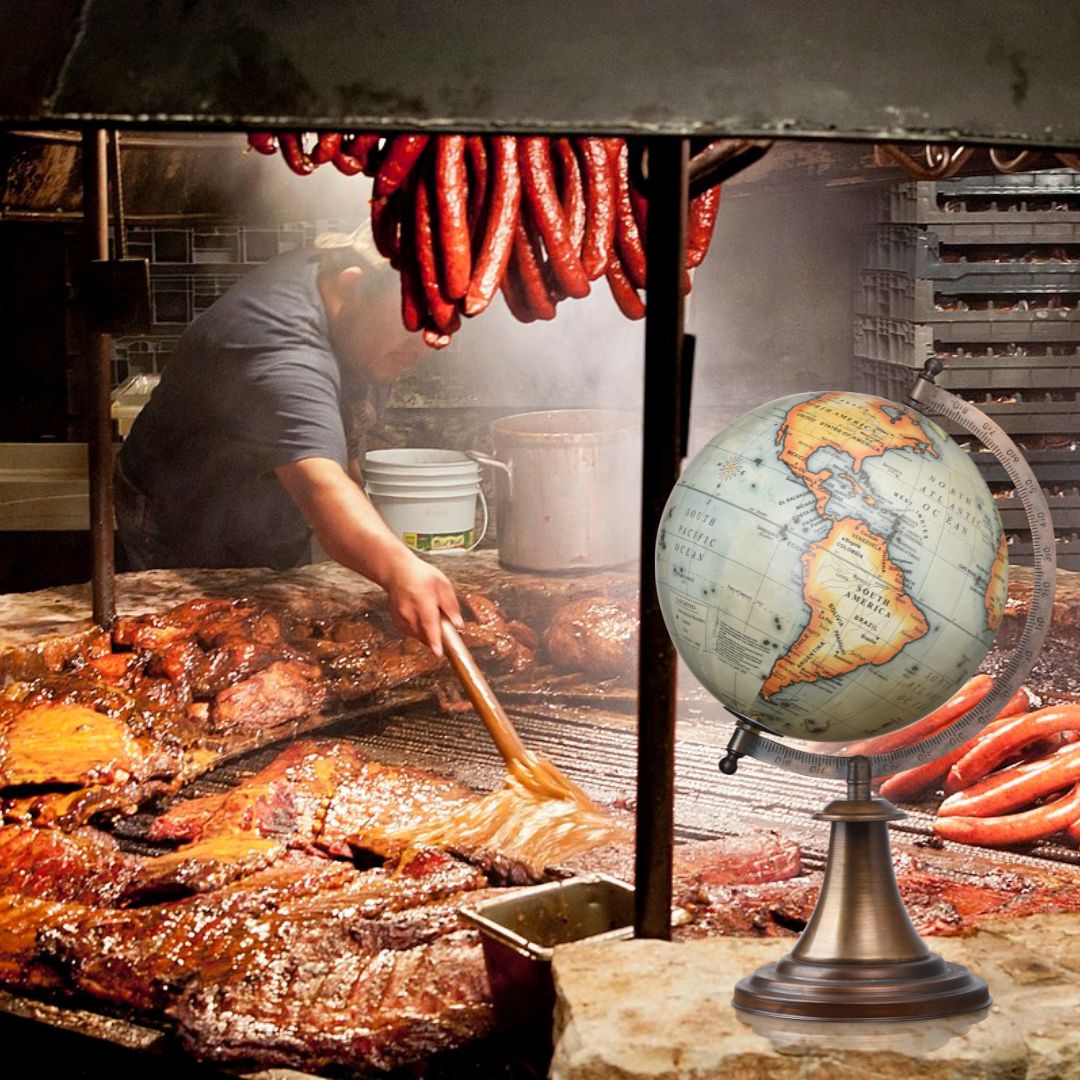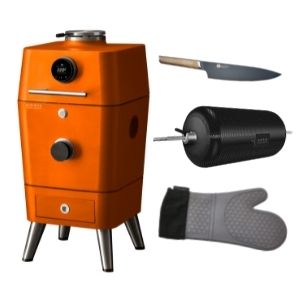Origins of BBQ

Barbecue, often simply referred to as BBQ, has a rich and diverse history that spans continents and cultures. Its origins can be traced back thousands of years to various parts of the world where different methods of cooking meat over an open flame or coals developed independently. Today, BBQ is not just a cooking technique but a cultural phenomenon celebrated globally, each region adding its own unique flavors and traditions to the art of outdoor cooking.
- Early Beginnings: The origins of barbecue are believed to stem from indigenous cooking techniques found in many cultures around the world. Early humans likely discovered that cooking meat over an open flame not only made it safer to eat but also imparted smoky flavors and made tougher cuts of meat more tender.
- Ancient Cultures: In ancient times, civilizations such as the Greeks, Romans, and Chinese all had their methods of cooking meat over open fires or pits. The techniques varied, but the concept of slow-cooking meat over low heat to achieve tenderness and flavor development was foundational.
- Indigenous Peoples: In the Americas, indigenous peoples such as Native Americans practiced various forms of smoking and slow-cooking meats. This included methods like barbacoa, where meats were cooked over a pit covered with green leaves to impart flavor and moisture.
Evolution into Regional Styles
- Caribbean and South America: In the Caribbean and parts of South America, barbecuing evolved with influences from African, Spanish, and Indigenous cooking traditions. Techniques like jerk seasoning in Jamaica and asado in Argentina showcase regional flavors and methods.
- Southern United States: BBQ in the Southern United States has deep roots in African American and Native American traditions. The use of smoke and slow-cooking over wood or charcoal pits became prominent, with regional styles emerging such as Memphis-style ribs, Texas brisket, and Carolina pulled pork.
- Texas and Beyond: Texas, known for its love of beef, developed a distinct style centered around smoked brisket. Central Texas BBQ, influenced by German and Czech settlers, emphasizes simple rubs and oak wood smoke.
- Kansas City: Kansas City BBQ is known for its sweet and tangy tomato-based sauces, used on a variety of meats from ribs to burnt ends. It's a melting pot of BBQ styles, incorporating influences from the South and Midwest.
- Eastern United States: The Eastern region, particularly North Carolina, is renowned for its vinegar-based sauces used primarily on pulled pork. Western North Carolina adds ketchup to the vinegar, creating a unique flavor profile.
- International Influence: BBQ has spread globally, adapting to local ingredients and cooking styles. In Asia, for example, Korean BBQ and Japanese yakitori showcase different approaches to grilling meats and vegetables.
Modern Trends
- Commercialization and Fusion: BBQ has become popular worldwide, with restaurants and competitions celebrating regional styles while also innovating with new flavors and techniques. Fusion BBQ, combining traditional styles with global cuisines, has become a trend in urban centers.
- Technological Advances: Modern equipment, such as smokers and grills with precise temperature controls, has allowed BBQ enthusiasts to refine their craft and experiment with different smoking woods and flavor profiles.
- Culinary Recognition: BBQ has gained culinary recognition beyond street food or backyard cooking, with fine dining restaurants incorporating smoked meats and BBQ-inspired dishes into their menus.












